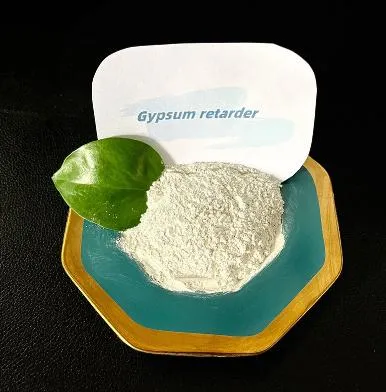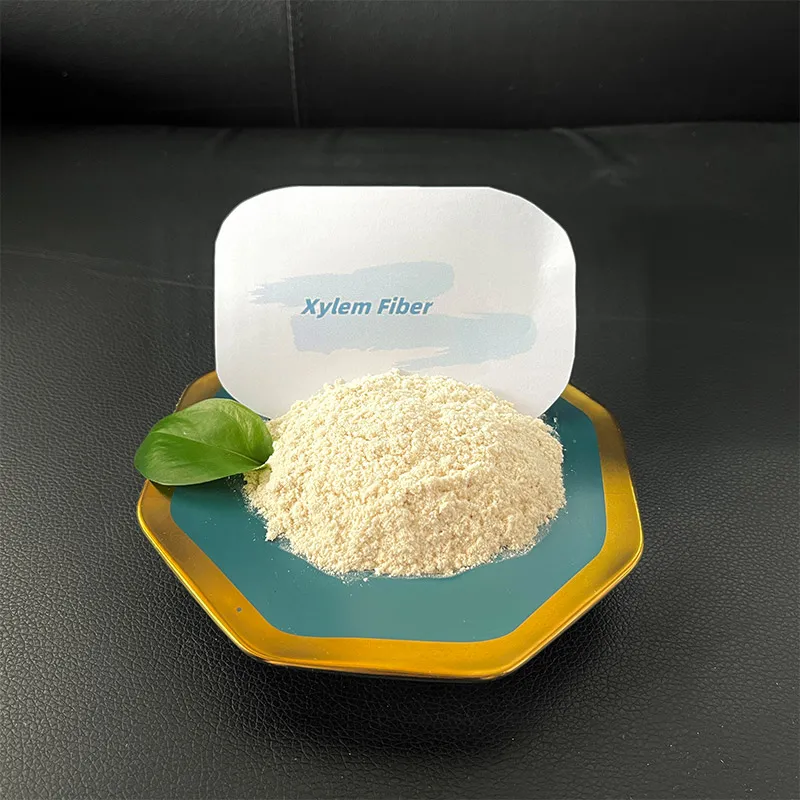
-

Add: HeBei ShengShi HongBang Cellulose Technology CO.,LTD.
-

Email
13180486930@163.com -

CONTACT US
+86 13180486930

polypropylene fiber
Februari . 12, 2025 02:05
Back to list
polypropylene fiber
Polypropylene fiber reinforced concrete (PFRC) represents a cutting-edge advancement in the field of construction materials, known for its combination of high-performance features and cost-effective application. As the construction industry continually seeks sustainable and innovative solutions, PFRC stands out due to its enhanced durability, crack resistance, and overall structural integrity. This article delves into the intricacies of PFRC mix design and its unparalleled advantages for construction projects.
When assessing PFRC for a project, its performance benefits extend beyond mere functional attributes. PFRC enhances the overall toughness of the concrete, absorbing energy and resisting dynamic impacts that may occur due to seismic activities or harsh weather conditions. Its durability is particularly notable in environments exposed to chloride or sulfate attacks, common in coastal and industrial regions. The fibers act as a barrier, inhibiting the ingress of deleterious agents that can compromise structural integrity. Furthermore, PFRC is lauded for its sustainability. The use of polypropylene fibers reduces the dependence on traditional reinforcement, which is not only resource-intensive but also has a higher carbon footprint. By integrating fibers, structures can achieve similar, if not superior, strength and durability with less material use and environmental impact. This aligns with modern building trends emphasizing green construction practices. Given the complexity and specialized nature of PFRC, consulting experienced professionals in concrete technology is advised for any project planning to utilize this material. Engineers and architects with a profound understanding of fibrous materials can provide invaluable guidance in mix design optimization, ensuring the structural goals are met without compromising on cost or efficiency. With an increasing number of successful projects globally, PFRC continues to gain credibility and trust within the industry. Its proven track record in various applications, from pavements and bridges to industrial floors and precast elements, highlights its versatility and reliability as a construction material of choice. In conclusion, polypropylene fiber reinforced concrete offers a remarkable combination of enhanced structural properties, sustainability, and cost-efficiency. Its strategic use in construction not only furthers the longevity and performance of concrete structures but also adheres to stringent environmental and engineering standards. As the industry advances, PFRC primes itself as a forerunner in innovative construction solutions, backed by a foundation of expertise and authoritative research.


When assessing PFRC for a project, its performance benefits extend beyond mere functional attributes. PFRC enhances the overall toughness of the concrete, absorbing energy and resisting dynamic impacts that may occur due to seismic activities or harsh weather conditions. Its durability is particularly notable in environments exposed to chloride or sulfate attacks, common in coastal and industrial regions. The fibers act as a barrier, inhibiting the ingress of deleterious agents that can compromise structural integrity. Furthermore, PFRC is lauded for its sustainability. The use of polypropylene fibers reduces the dependence on traditional reinforcement, which is not only resource-intensive but also has a higher carbon footprint. By integrating fibers, structures can achieve similar, if not superior, strength and durability with less material use and environmental impact. This aligns with modern building trends emphasizing green construction practices. Given the complexity and specialized nature of PFRC, consulting experienced professionals in concrete technology is advised for any project planning to utilize this material. Engineers and architects with a profound understanding of fibrous materials can provide invaluable guidance in mix design optimization, ensuring the structural goals are met without compromising on cost or efficiency. With an increasing number of successful projects globally, PFRC continues to gain credibility and trust within the industry. Its proven track record in various applications, from pavements and bridges to industrial floors and precast elements, highlights its versatility and reliability as a construction material of choice. In conclusion, polypropylene fiber reinforced concrete offers a remarkable combination of enhanced structural properties, sustainability, and cost-efficiency. Its strategic use in construction not only furthers the longevity and performance of concrete structures but also adheres to stringent environmental and engineering standards. As the industry advances, PFRC primes itself as a forerunner in innovative construction solutions, backed by a foundation of expertise and authoritative research.
Prev:
Next:
Latest News
-
Ethyl Cellulose Powder as a Pharmaceutical BinderNewsJul.10,2025
-
Blending Fibre Natural and Synthetic for PerformanceNewsJul.10,2025
-
Starch Ether For Construction: The Advanced Mortar Additive RevolutionNewsJul.10,2025
-
MHEC Cellulose in Cement-Based Renders and PlastersNewsJul.10,2025
-
Micronized Rubber Powder Dispersion TechniquesNewsJul.10,2025
-
Impact of Cream of Tartar Plaster Retarder on Final StrengthNewsJul.10,2025
-
Rubber Powder Durability in ConstructionNewsJun.26,2025











